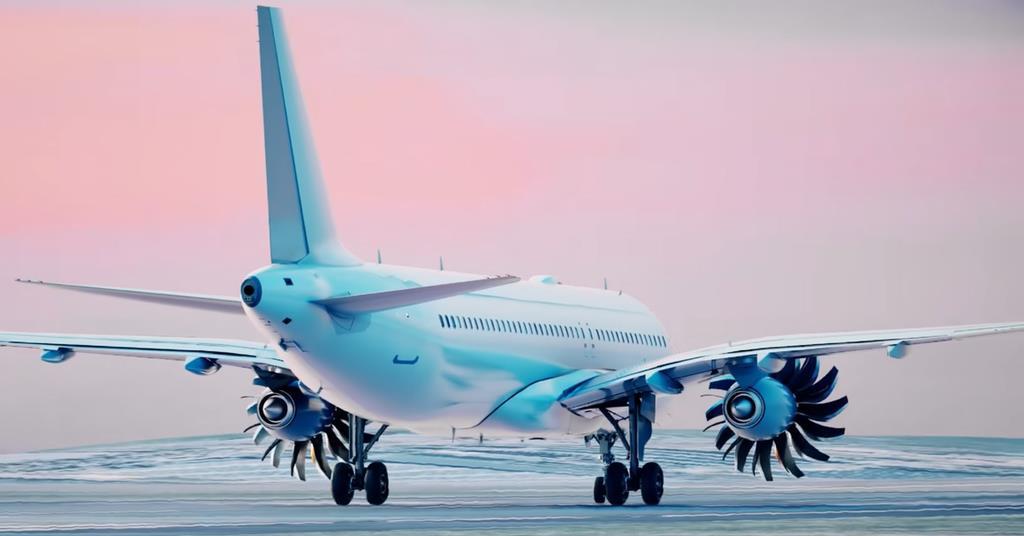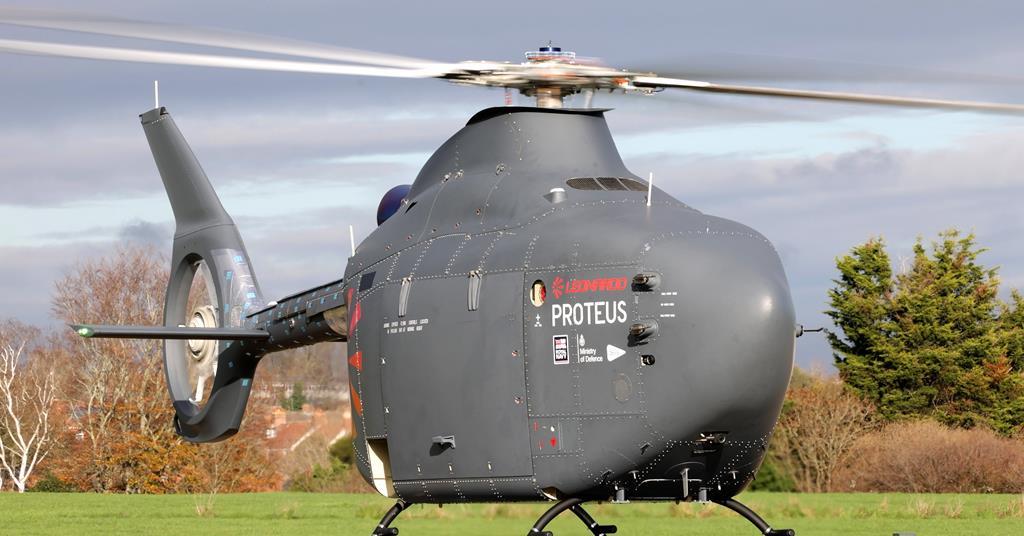SkyWest invests in Maeve Aerospace and lines up as potential launch customer for hybrid-electric Maeve Jet
Company
Legal Links
Contact
- +44 7947 753363
- contact@skylineairporttransfers.co.uk
- 6 Walsall Street Bilston Wolverhampton WV14 0AT
© Skyline Airport Transfers. Created by![]() Beaphoenix WebDesign ltd
Beaphoenix WebDesign ltd
Popular Locations:
Birmingham: Aston, Bournville, Edgbaston, Erdington, Great Barr, Hall Green, Handsworth, Harborne, Northfield, Quinton, Soho, Sutton Coldfield, Amblecote, Brierley Hill, Coseley, Cradley, Gornal, Halesowen, Kingswinford, Lye, Netherton, Sedgley, Stourbridge, Quarry Bank, Bearwood, Blackheath, Cradley Heath, Great Bridge, Old Hill, Rowley Regis, Smethwick, Tipton, Tividale, Wednesbury, West Bromwich, Balsall Common, Bickenhill, Castle Bromwich, Chelmsley Wood, Dorridge, Elmdon, Hampton in Arden, Kingshurst, Knowle, Marston Green, Meriden, Monkspath, Hockley Heath, Shirley, Aldridge, Birchills, Bloxwich, Brownhills, Darlaston, Leamore, Palfrey, Pelsall, Pheasey, Shelfield, Streetly, Willenhall, Bilston, Blakenhall, Bushbury, Compton, Ettingshall, Heath Town, Oxley, Penn, Tettenhall, Wednesfield, Burntwood, Lichfield, Cannock, Rugeley, KIDDERMINSTER, Brierly Hill,
STOURPORT-ON-SEVERN
Coventry: Allesley, Binley, Keresley, Stoke, Tile Hill
Leicester: Abbey Rise, Ashton Green, Aylestone, Beaumont Leys, Bede Island, Belgrave, Blackfriars, Braunstone, Braunstone Frith, Bradgate Heights, Clarendon Park, Crown Hills, Dane Hills, Evington, Evington Valley, Eyres Monsell, Frog Island, Goodwood, Hamilton, Highfields, Horston Hill, Humberstone, Humberstone Garden, Kirby Frith, Knighton, Mowmacre Hill, Netherhall, Newfoundpool, New Parks, North Evington, Northfields, Rowlatts Hill, Rowley Fields, Rushey Mead, Saffron, Southfields, South Knighton, Spinney Hills, Stocking Farm, Stoneygate, St. Matthew’s, St. Mark’s, St. Peters, Thurnby Lodge, West End, West Knighton, Western Park, Woodgate
Derby: Matlock, Ripley, Ashbourne, ILKESTON, SWADLINCOTE , BURTON-ON-TRENT, BAKEWELL,
ALFRETON, BELPER, HEANOR
Telford: Market Drayton, Newport, Shifnal, Broseley, Much Wenlock
Stoke: Stoke-on-Trent, Newcastle, Leek, Uttoxeter, Stone, Stafford
Worcester: Worcester, Droitwich, Pershore, Broadway, Evesham, Malvern, Tenbury Wells
Gloucester: Gloucester, Cheltenham, Stroud, Cirencester, Tewkesbury, Badminton, Berkeley, Blakeney, Chipping Campden, Cinderford, Coleford, Drybrook, Dursley, Dymock, Fairford, Lechlade, Longhope, LydbrookLydney, Mitcheldean, Moreton-in-Marsh, Newent, Newnham, Ruardean, Stonehouse, Tetbury, Westbury-on-Severn, Wotton-under-Edge.
Nottingham: Nottingham, Sutton-in-Ashfield, Mansfield, Newark, Southwell, Grantham, Sleaford
Leicester: Leicester, Hinckley, Loughborough, Melton Mowbray, Oakham Market, Harborough, Lutterworth, Wigston, Ashby-de-la-Zouch, Ibstock, Markfield
Oxford: Oxford, Kidlington, Chipping Norton, Thame, Wallingford, Didcot, Wantage, Abingdon, Banbury, Carterton, Woodstock, Bicester, Witney, Chinnor, Watlington
Chester: Chester, Deeside, Bagillt, Buckley, Holywell, Birkenhead, Preston, Wallasey, Wirral, Neston, Ellesmere Port, Prenton
Airports we serve:
BHX: Birmingham Airport
EMA: East Midlands Airport
LHR: London Heathrow Airport
MAN: Manchester Airport
LGW: London Gatwick Airport
LTN: London Luton Airport
SOU: Southampton Airport
BRS: Bristol Airport
LPL: Liverpool John Lennon Airport
LCY: London City Airport
STN: London Stansted Airport



US regional carrier SkyWest Airlines has taken an equity stake in Dutch hybrid-electric aircraft developer Maeve Aerospace, hinting at the airline’s vision for next-generation aircraft operations in the 2030s.
St George, Utah-based SkyWest said on 15 September that its investment secures launch customer rights for the start-up’s Maeve Jet, an envisioned hybrid-electric regional aircraft that the company is marketing as the “first clean-sheet regional jet to be introduced to the market in over 20 years”.
The carrier says the agreement reinforces its “commitment to the advancement of modern, economic regional aviation solutions”, with chief executive Chip Childs adding that Maeve Aerospace is on the “leading edge” of lower-emissions regional aviation technology.
Financial terms of the agreement have not been disclosed by SkyWest or Maeve.
From the perspective of Maeve Aerospace, which holds offices in Germany and the Netherlands, the agreeement signals strong interest in its planned production aircraft from the operator of the largest regional fleet in the USA.
SkyWest flies more than 500 Embraer E-Jets and MHIRJ CRJ aircraft on behalf of Delta Air Lines, American Airlines and Alaska Airlines.
“This investment, made by the largest regional airline in the world, not only validates our vision but also establishes a partnership that supports the development of the Maeve Jet by providing important input from an operator to generate a real impact in the market,” says Martin Nuesseler, Maeve’s chief technology officer.
Earlier this year, MHIRJ Aviation Group signed on to help develop the Maeve Jet – a hybrid-electric 80-90-seater with rear-mounted open-rotor engines; service entry is tentatively scheduled for 2033.
Previously, Maeve had been working on an 80-seat hybrid-electric turboprop called the M80, itself a shift away from an earlier all-electric concept called the Maeve 01 that would have accomodated just 44 passengers.
In 2024, Maeve and Pratt & Whitney Canada (P&WC) disclosed a partnership to design hybrid-electric propulsion technologies for the aircraft.
Other efforts are underway to explore potential hybrid-electric turboprop designs.
Earlier this year, French airframer ATR said it was also working with PW&C to investigate a “mild hybrid” version of PW127XT engine for the proposed Evo upgrade to its aircraft. That programme is targeting a potential service entry of 2035 and seeking to reduce fuel burn by some 20% compared with current-generation turboprops.
And Heart Aerospace, formerly located in Sweden but now California based, is pursuing its hybrid-electric ES-30 30-seater.
Source link
Share This:
admin
Plan the perfect NYC Memorial Day weekend
Pack only what you need and avoid overpacking to streamline the check-in and security screening…
LA’s worst traffic areas and how to avoid them
Consider using alternative routes, such as Sepulveda Boulevard, which runs parallel to the 405 in…
Safran tasks new UK centre with electric and composite research for future single-aisle
French aerospace firm Safran is internationalising its technology research operation by setting up a centre…
Leonardo Helicopters’ Proteus technology demonstrator poised to make first flight for UK Royal Navy
Leonardo Helicopters has edged a step closer to flying its AW09-based Proteus technology demonstrator for…
Brazil test fires MBDA Meteor missiles from Gripen E fighter in major milestone
Brazil has notched a major milestone in its campaign to phase in Saab’s latest Gripen…
Aeroflot Group discloses acquisition of 747 and 737 freighters
Aeroflot Group has disclosed that eight aircraft – including freighters – have been introduced to…
Airbus cuts full-year delivery target by 30 aircraft
Airbus has cut its full-year delivery target to 790 commercial aircraft, down from the original…
Hi Fly claims Antarctic first with A330 follow-up to A340 landing
Portuguese wet-lease specialist Hi Fly has flown an Airbus A330-300 to Antarctica, claiming a first…
Austria to field 12-strong Leonardo M-346FA fleet from 2028 under $1.75 billion deal
Austria has finalised a roughly €1.5 billion ($1.75 billion) deal that will lead to its…
Avincis and DHC partner on CL-series waterbomber support
Aerial services provider Avincis is to collaborate with De Havilland Canada (DHC) on a series…
MBDA Meteor missile integration nears flight-test phase with Lockheed Martin’s stealthy F-35A
MBDA’s Meteor beyond-visual-range air-to-air missile has moved a step closer to commencing flight trials with…
Jekta hydrogen-electric amphibian aircraft scale model testing begins January 2024
Swiss start-up Jekta plans next month to begin flight testing a scale model of the…